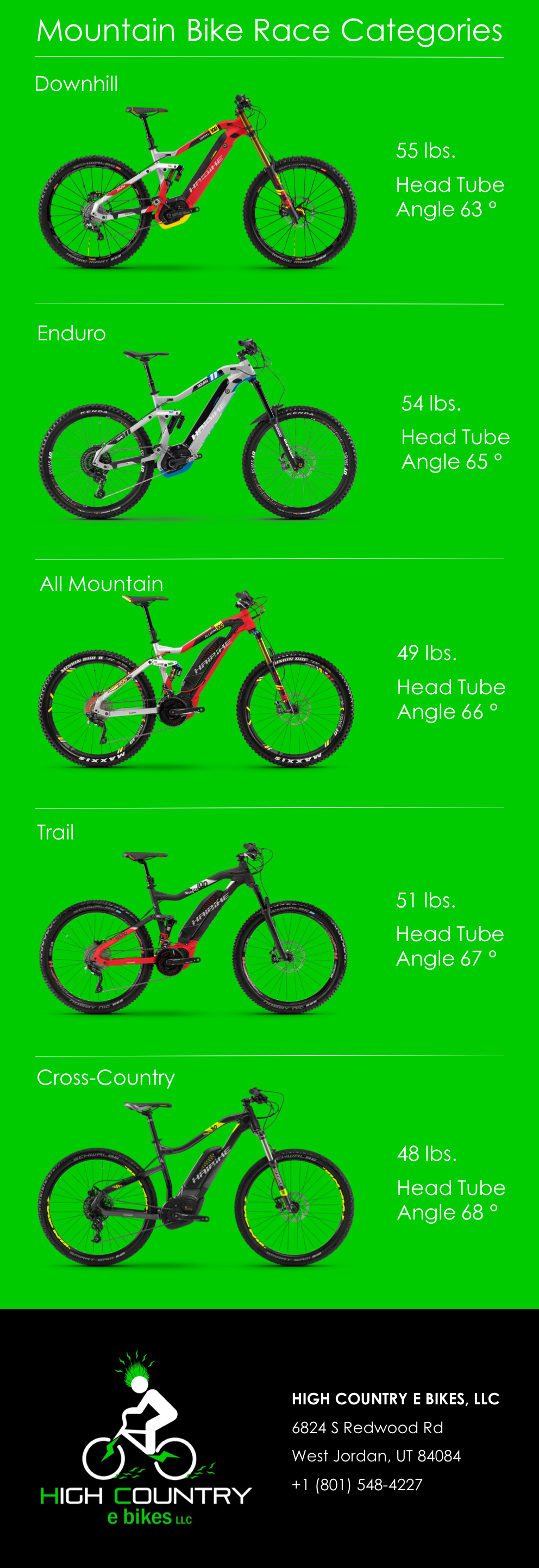Translating E-Bike Classifications: An Overview Of Their Significances
Translating E-Bike Classifications: An Overview Of Their Significances
Blog Article
Short Article Developed By-Middleton Stanton
If you're thinking about acquiring an e-bike, comprehending the different classes is key in making a notified choice. You may be amazed at exactly how each class supplies special functions that accommodate various riding preferences and lawful needs. From pedal-assist options to throttle-controlled designs, each class has its advantages. So, before you choose the perfect e-bike for your demands, it's critical to understand the differences between Class 1, Course 2, and Course 3 e-bikes.
Class 1 E-Bikes
Course 1 E-Bikes are specified as pedal-assist electric bikes that offer help only when you pedal, discontinuing to do so as soon as you get to 20 mph. These bikes are best for those searching for a little added increase while still intending to get some workout. Class 1 E-Bikes use a smooth transition in between pedaling and electrical support, helping you overcome hillsides and cross countries easily. The motor begins as soon as you begin pedaling, giving a natural and easy trip experience.
Among the crucial benefits of Class 1 E-Bikes is that they're allowed on a lot of bike courses and tracks where standard bikes are permitted. This suggests you can explore brand-new courses and delight in the open airs with no constraints.
Additionally, these bikes are green and supply a lasting setting of transportation, decreasing your carbon impact while still getting you to your location effectively.
Class 2 E-Bikes
Going on from the pedal-assist characteristics of Class 1 E-Bikes, Class 2 E-Bikes present a new aspect into the electrical bicycle realm. These e-bikes come with a spin throttle function, permitting you to ride without pedaling in any way. With this addition, you have the choice to merely involve the throttle and let the electric motor do the job, thrusting you forward easily.
Class 2 E-Bikes are perfect for bikers that might need a break from pedaling or need aid when starting from a complete stop. This function makes them specifically appealing for individuals with limited flexibility or those that want an even more leisurely riding experience.
However, how much does an ebike battery cost is essential to keep in mind that Class 2 E-Bikes are still governed by a rate limitation of 20 miles per hour, making certain security and compliance with regulations.
Class 3 E-Bikes
For motorcyclists looking for an extra vibrant electric biking experience, Class 3 E-Bikes offer improved speed and efficiency compared to their Course 1 and Course 2 counterparts. Course 3 E-Bikes are called "speed pedelecs" and can reach rates of approximately 28 mph, giving a thrilling adventure for those trying to find an added boost. These bikes come furnished with a pedal-assist system that kicks in when you begin pedaling, making it easier to preserve greater speeds with less effort.
One vital attribute of Class 3 E-Bikes is that they aren't restricted to bike lanes just; they can likewise be made use of on streets where the speed limitation is 30 mph or lower. This flexibility permits cyclists to browse through web traffic much more effectively while still appreciating the benefits of electric help.
Nonetheless, it's important to bear in mind that some areas might have details policies regarding making use of Course 3 E-Bikes, so constantly inspect neighborhood laws prior to hitting the trail.
Final thought
So, now that you comprehend the differences between Course 1, 2, and 3 E-Bikes, you can make a notified decision on which kind best suits your demands. Whether https://ebiketips.road.cc/content/news/amazon-and-deliveroo-have-recognised-the-part-they-can-play-when-it-comes-to-e-bike choose pedal-assist, throttle attribute, or higher rates, there is an E-Bike course out there for you. Keep in mind to consider your local guidelines and individual choices before making your selection. Pleased riding!
